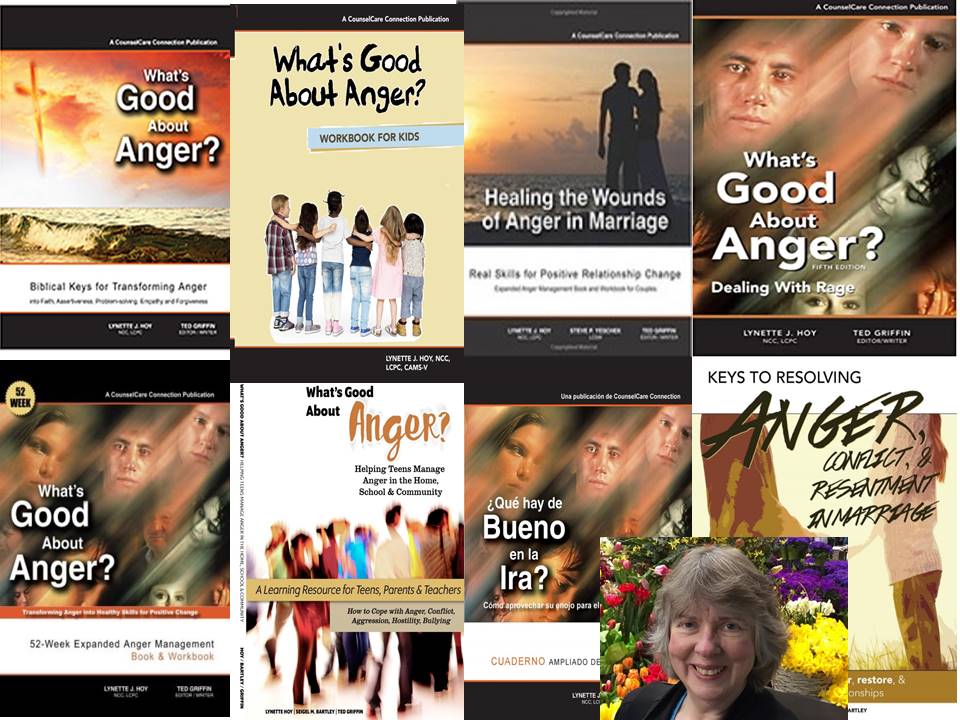
Safety Plan
Domestic Violence: Safety Plan Guidelines
If You Need Help Now
These safety suggestions have been compiled from safety plans distributed by state domestic violence coalitions from around the country. Following these suggestions is not a guarantee of safety, but could help to improve your safety situation.
Personal Safety with an Abuser
- Identify your partner’s use and level of force so that you can assess danger to you and your children before it occurs.
- Try to avoid an abusive situation by leaving.
- Identify safe areas of the house where there are no weapons and where there are always ways to escape. If arguments occur, try to move to those areas.
- Don’t run to where the children are as your partner may hurt them as well.
- If violence is unavoidable, make yourself a small target; dive into a corner and curl up into a ball with your face protected and arms around each side of your head, fingers entwined.
- If possible, have a phone accessible (cell phone) at all times and know the numbers to call for help. Know where the nearest pay phone is located. Know your local battered women’s shelter number. Don’t be afraid to call the police.
- et trusted friends and neighbors know of your situation and develop a plan and visual signal for when you need help.
- Teach your children how to get help. Instruct them not to get involved in the violence between you and your partner. Plan a code word to signal to them that they should get help or leave the house.
- Tell your children that violence is never right, even when someone they love is being violent. Tell them that neither you nor they are at fault or cause the violence, and that when anyone is being violent, it is important to keep safe.
- Practice how to get out safely. Practice with your children
- Plan for what you will do if your children tell your partner of your plan or if your partner otherwise finds out about your plan.
- Keep weapons like guns and knives locked up and as inaccessible as possible.
- Make a habit of backing the car into the driveway and keeping it fueled. Keep the driver’s door unlocked and others locked __ for a quick escape.
- Try not to wear scarves or long jewelry that could be used to strangle you.
- Create several plausible reasons for leaving the house at different times of the day or night.
- Call a domestic violence hotline periodically to assess your options and get a supportive understanding ear.
Getting Ready to Leave
- Keep any evidence of physical abuse, such as pictures, etc.
- Know where you can go to get help; tell someone what is happening to you.
- If you are injured, go to a doctor or an emergency room and report what happened to you. Ask that they document your visit.
- Plan with your children and identify a safe place for them (for example, a room with a lock or a friend’s house where they can go for help). Reassure them that their job is to stay safe, not to protect you.
- Contact your local battered women’s shelter and find out about laws and other resources available to you before you have to use them during a crisis.
- Keep a journal of all violent incidences, noting dates, events and threats made if possible.
- Acquire job skills as you can, such as learning to type or taking courses at a community college.
- Try to set money aside or ask friends or family members to hold money for you.
General Guidelines for Leaving an Abusive Relationship
- You may request a police stand_by or escort while you leave;
- If you need to sneak away, be prepared;
- Make a plan for how and where you will escape;
- Plan for a quick escape;
- Put aside emergency money as you can;
- Hide an extra set of car keys;
- Pack an extra set of clothes for yourself and your children and store them at a trusted friend or neighbor’s house.
- Try to avoid using next_door neighbors, close family members and mutual friends;
- Take with you important phone numbers of friends, relatives, doctors, schools, etc., as well as other important items, including: Driver’s license; Regularly needed medication; List of credit cards held by self or jointly or the credit cards themselves if you have access to them; Pay stubs; and checkbooks and information about bank accounts and other assets.
If time is available, also take:
- Citizenship documents (such as your passport, greencard, etc.);
- Titles, deeds, and other property information;
- Medical records;
- Children’s school and immunization records;
- Insurance information;
- Copy of marriage license, birth certificates, will, and other legal documents;
- Verification of social security numbers;
- Welfare identification; and
- Valued pictures, jewelry, or personal possessions.
- Create a false trail. Call motels, real estate agencies, and schools in a town at least six hours away from where you plan to relocate. Ask questions that require a call back to your house in order to leave phone numbers on record.
After Leaving the Abusive Relationship or If getting a restraining order and the offender is leaving:
- Change locks and phone number;
- Change work hours and route taken to work;
- Change route taken to transport children to school;
- Keep a certified copy of your restraining order with you at all times;
- Inform friends, neighbors and employers that you have a restraining order in effect;
- Give copies of restraining order to employers, neighbors, and schools along with a picture of the offender.
- Call law enforcement to enforce the order.
If you leave:
- Consider renting a post office box or using the address of a friend for your mail ;
- Be aware that addresses are on restraining orders and police reports;
- Be careful to whom you give your new address and phone number;
- Change your work hours if possible;
- Alert school authorities of situation;
- Consider changing your children’s schools;
- Reschedule appointments that offender is aware of;
- Use different stores and frequent different social spots;
- Alert neighbors and request that they call the police if they feel you may be in danger;
- Talk to trusted people about the violence;
- Replace wooden doors with steel or metal doors. Install security systems if possible;
- Install a lighting system that lights up when a person is coming close to the house (motion sensitive lights);
- Tell people you work with about the situation and have your calls screened by one receptionist if possible;
- Tell people who take care of your children which individuals are allowed to pick up your children. Explain your situation to them and provide them with a copy of the restraining order;
- Call the telephone company to request caller ID. Ask that your phone be blocked so that if you call, neither your partner nor anyone else will be able to get your new, unlisted phone number.
Copyright © 1998 by the National Center for Victims of Crime. This information may be freely distributed, provided that it is distributed free of charge, in its entirety and includes this copyright notice.
© Copyright 2003 National Center for Victims of Crime 2000 M Street NW, Suite 480 Washington, D.C. 20036 phone: 202-467-8700 fax: 202-467-8701
If you need help now call 911. Protect Yourself and Your Child. Get counseling and advocacy by contacting a domestic violence agency near you. If you live in the USA call the National Domestic Violence Agency at : 1-800-799-7233 . If you live outside the USA see the International Domestic Violence Agency listings.
Fild for an Order For Protection (OFP) which is a court order that will help to protect you from domestic abuse. An Order For Protection tells the abuser to stop harming or threatening you.
The law protects children in this country from physical, emotional/mental, sexual abuse and neglect. Look up
resources for children at ChildHelpUSA or call them at: 1-800-4A-Child. Check out the ChildAbuse.org site as well.
